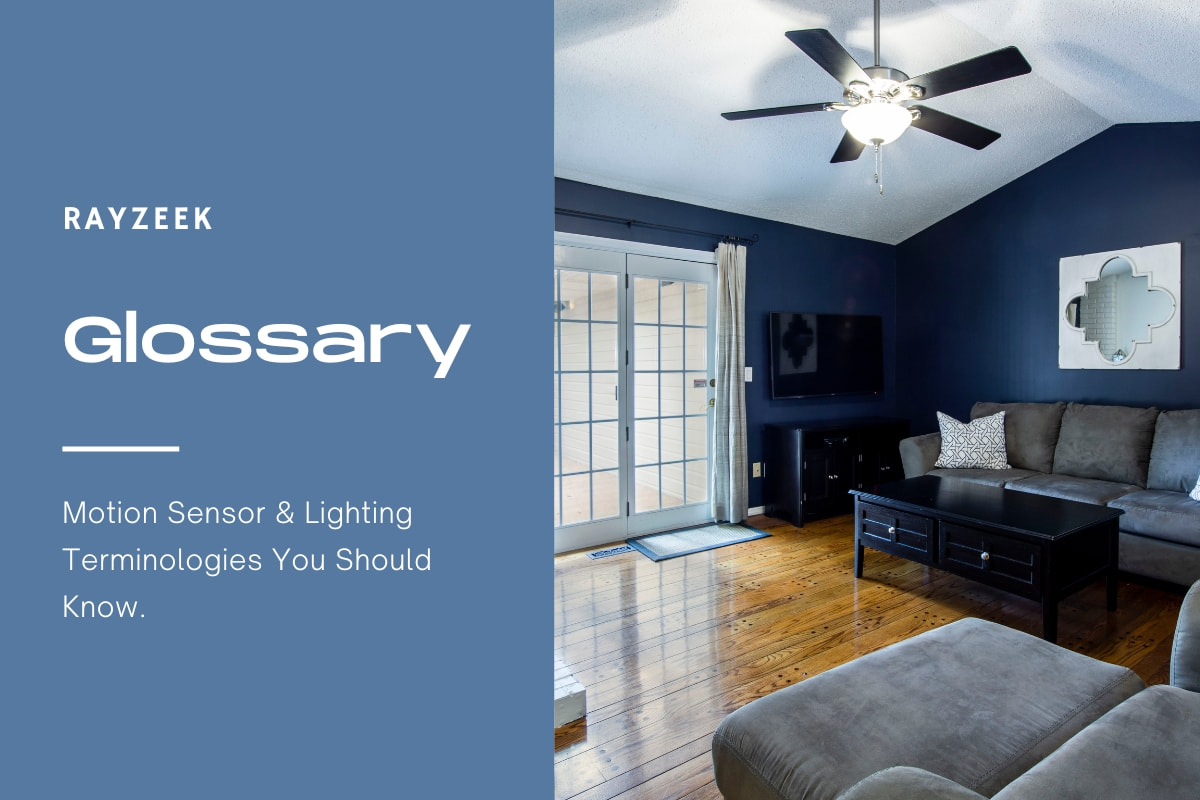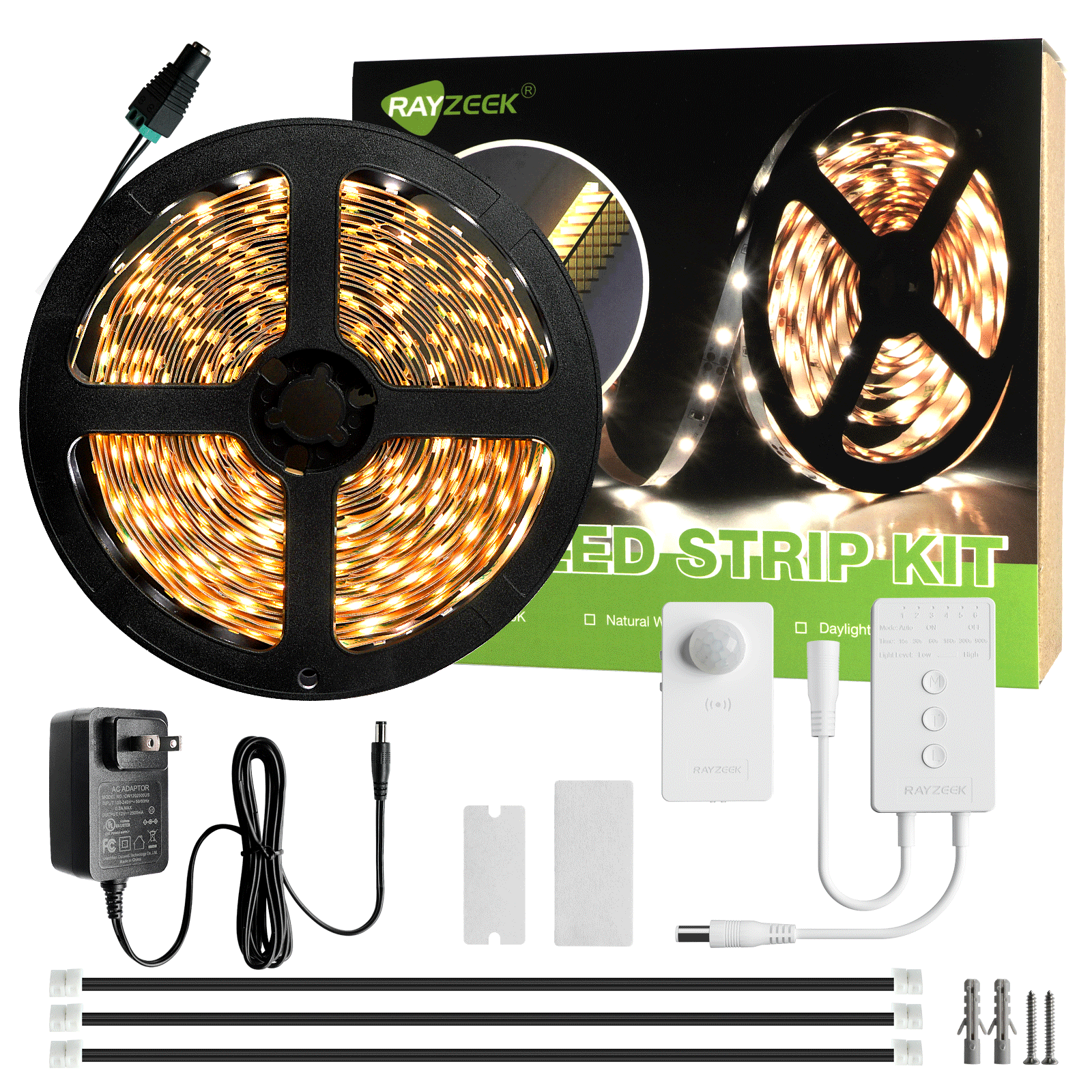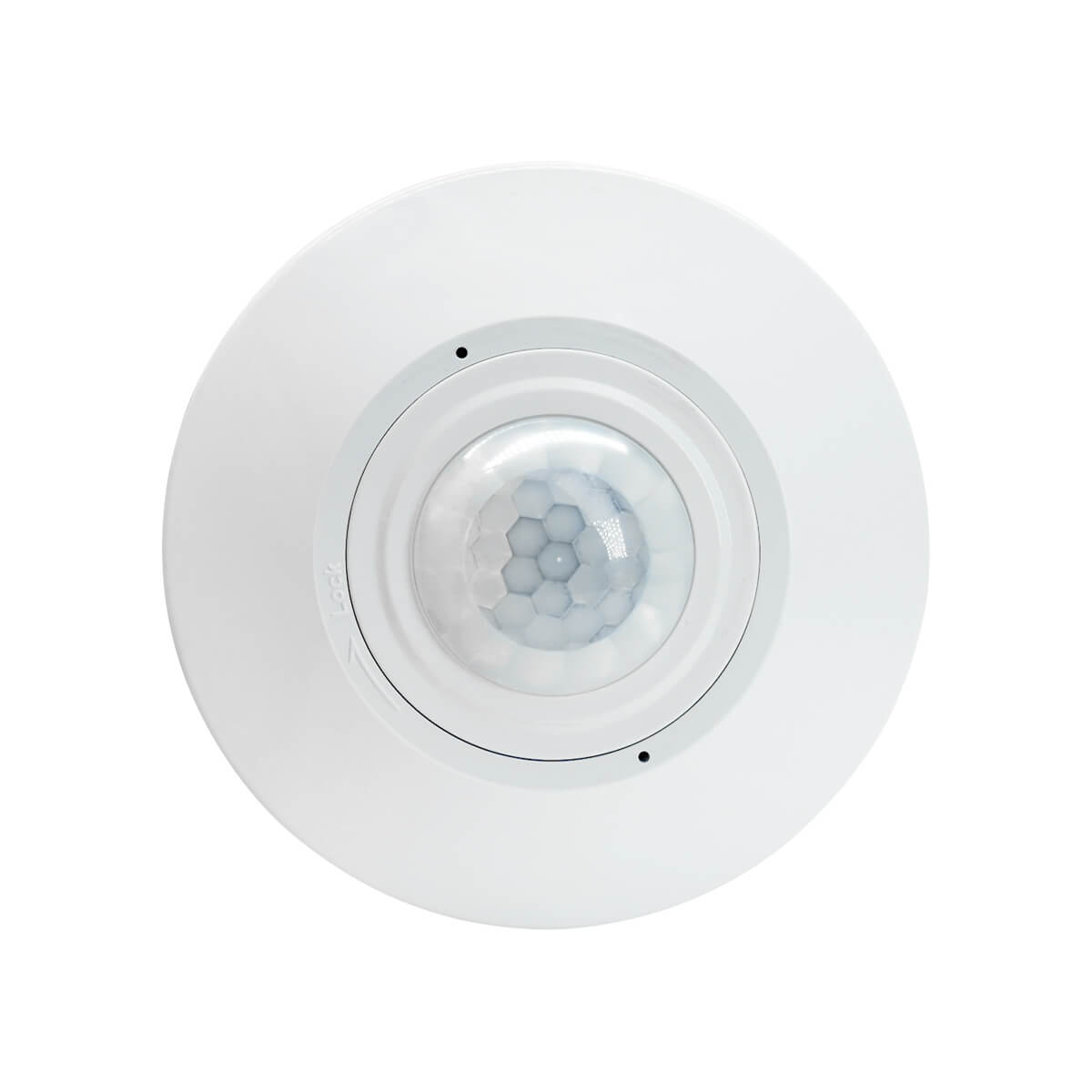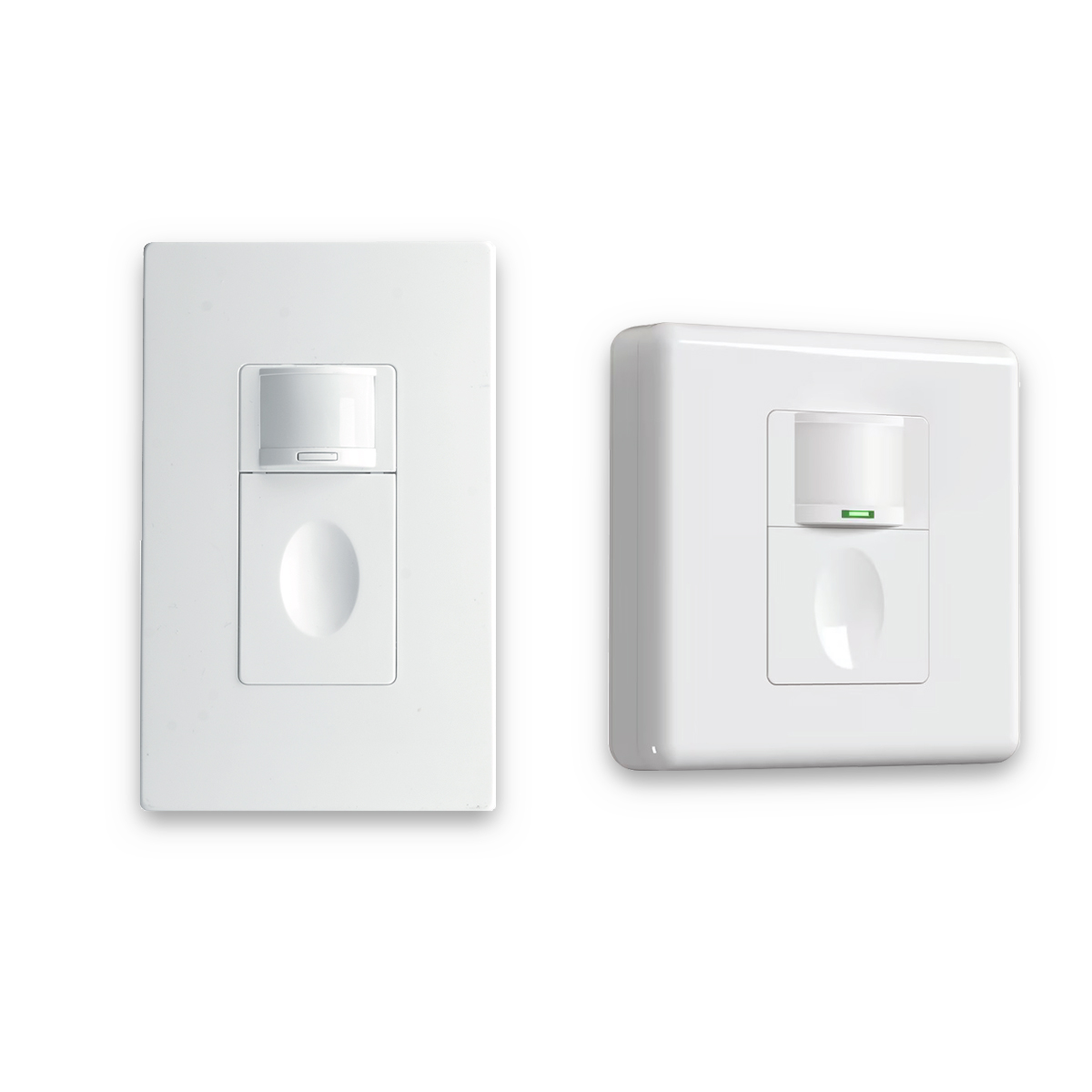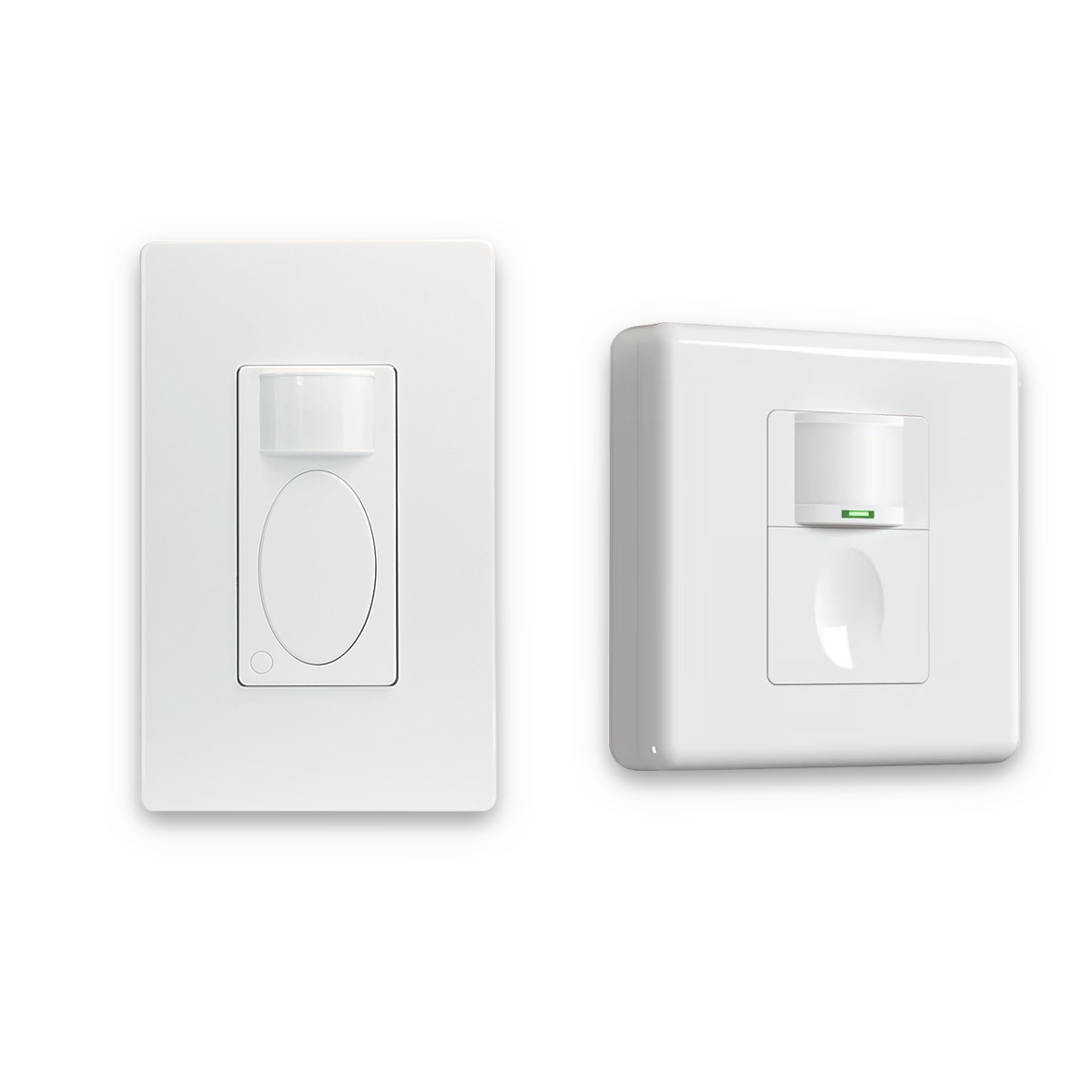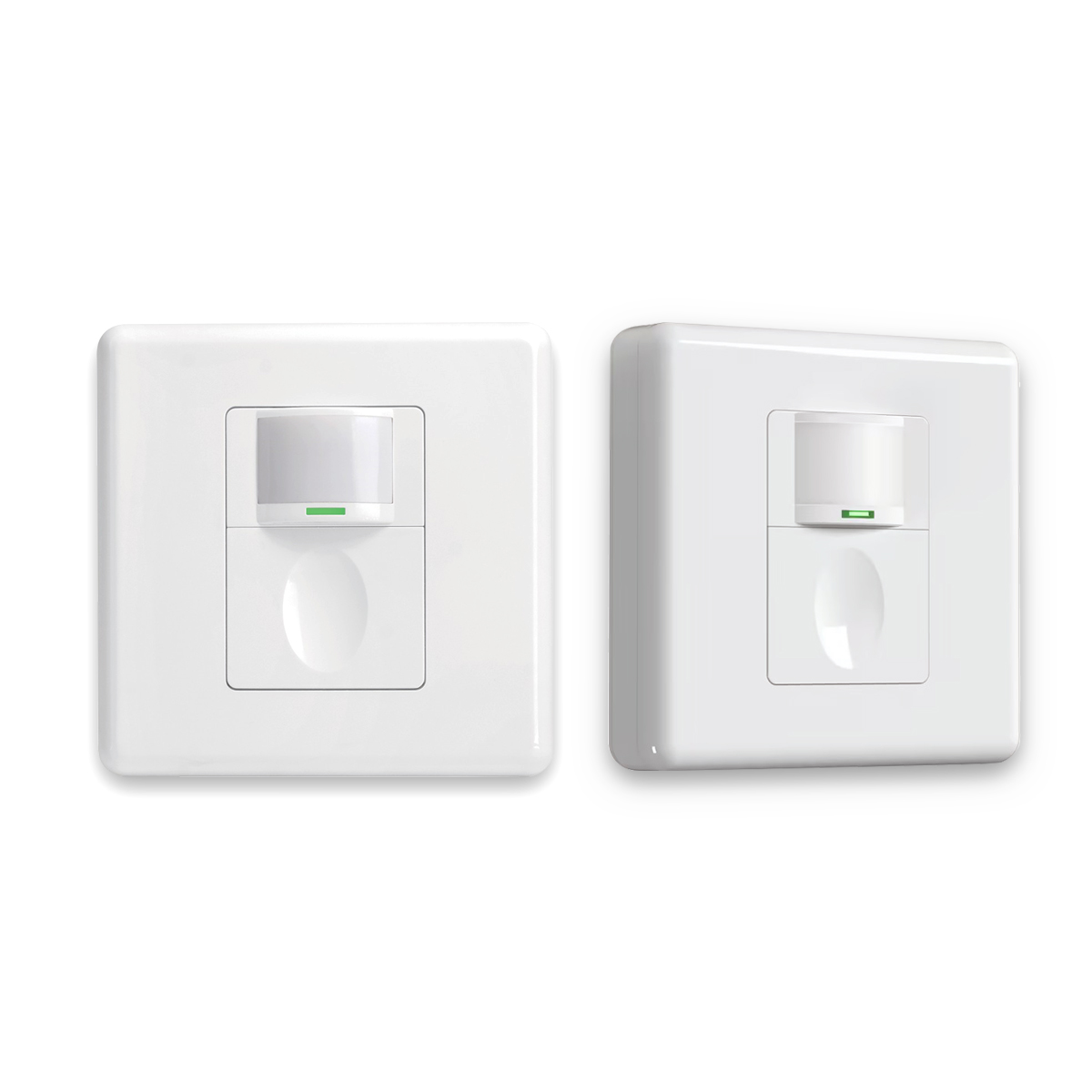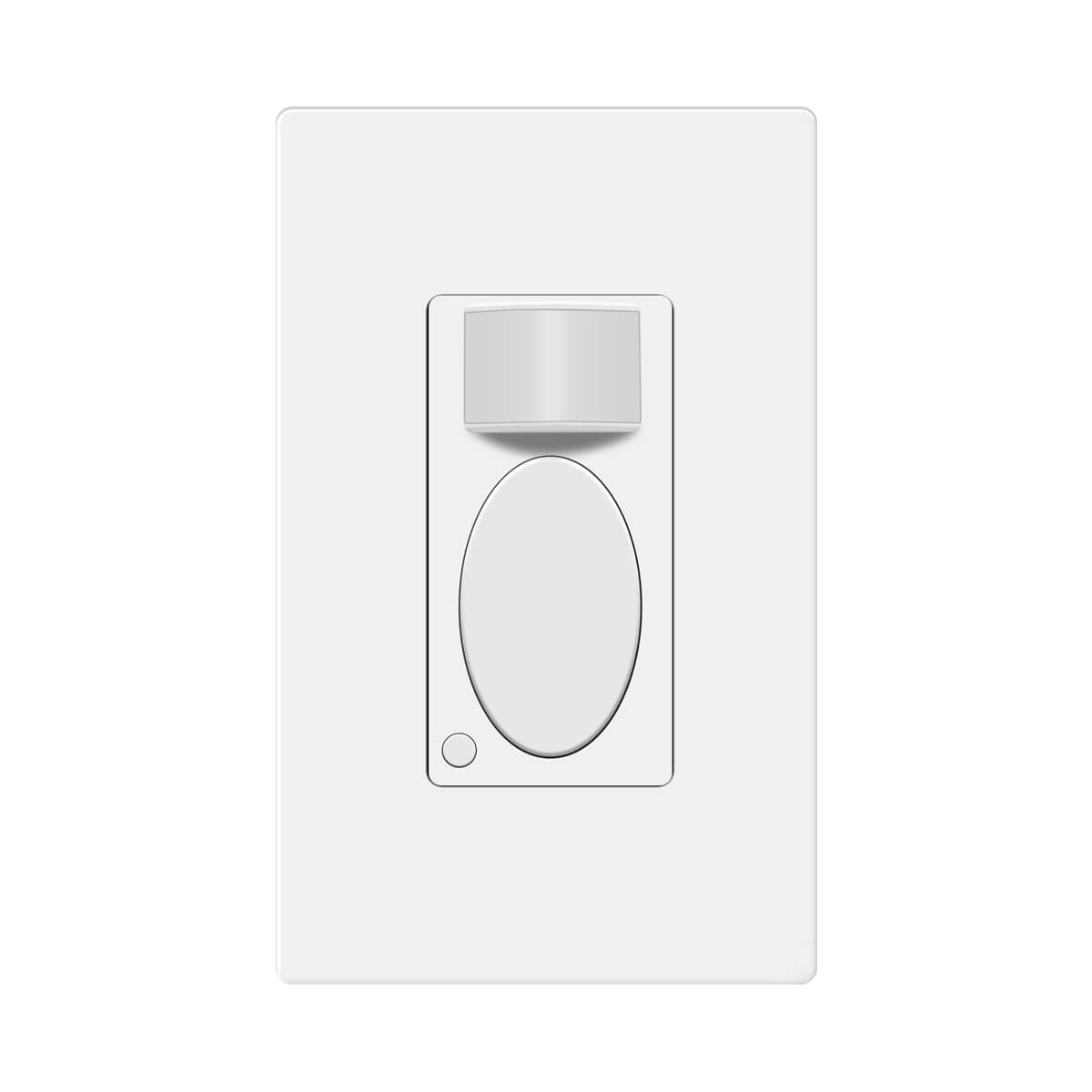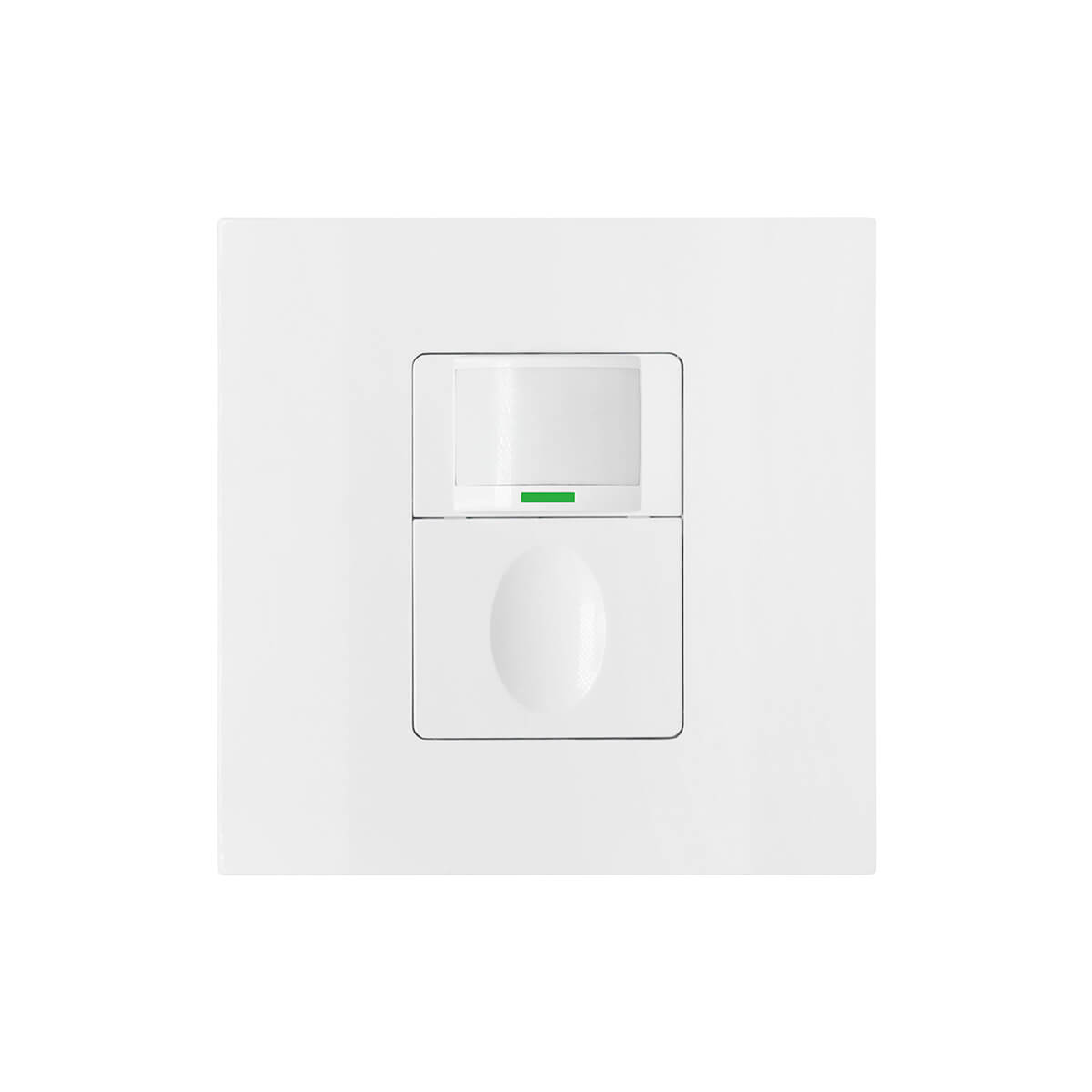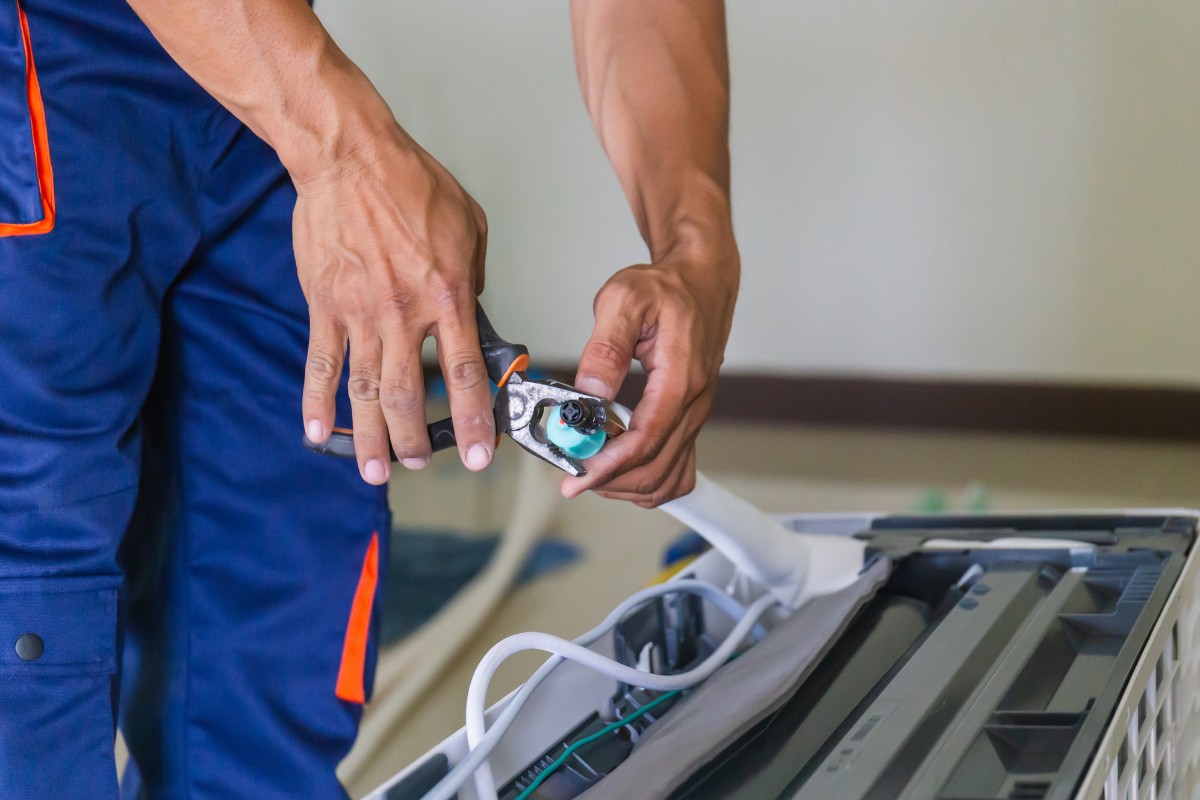What is Diode
A diode is a semiconductor device that allows current to flow in one direction while blocking it in the opposite direction. It is a two-terminal electronic component with a positive terminal called the anode and a negative terminal called the cathode. When a voltage is applied across the diode in the forward direction (anode positive and cathode negative), it allows current to flow through it. However, when the voltage is applied in the reverse direction, the diode blocks the current flow.
Možná máte zájem o
In the lighting industry, a diode is specifically referred to as a light-emitting diode (LED). LEDs are semiconductor devices that emit light when an electric current passes through them. They are made up of a specific semiconductor material, typically a combination of gallium, arsenic, and phosphorus, which emits light when energized. The color of the light emitted by the LED is determined by the specific semiconductor material used and the amount of doping.
LEDs have become popular in the lighting industry due to their numerous advantages. They are highly energy-efficient, converting a higher percentage of electrical energy into light, resulting in less energy wasted as heat. LEDs also have a longer lifespan, are more durable, and can be more compact in size compared to traditional light sources such as žárovky and fluorescent lamps.
Inspirujte se portfoliem pohybových senzorů Rayzeek.
Nenašli jste to, co jste chtěli? Nebojte se. Vždy existují alternativní způsoby řešení vašich problémů. Možná vám pomůže některé z našich portfolií.
Často kladené otázky
Do LED Lights Need a Diode
The operation of LED lighting is based on electroluminescence, which involves the use of a semiconductor material (diode) to produce light. When an electrical current passes through the diode, it emits photons, resulting in the production of light by LED bulbs.
What Is a Diode vs LED
The diode is responsible for converting alternating current into direct current, while the LED converts voltage into light. Additionally, the diode has a high reverse breakdown voltage, whereas the LED has a low reverse breakdown voltage. The reverse breakdown voltage refers to the voltage that allows current to flow in the reverse bias.
Are LED Diodes AC or DC
LEDs are inherently designed to operate on direct current (DC) and only allow current to flow in one direction. They are commonly powered by DC voltage sources, which utilize resistors, current regulators, and voltage regulators to control and restrict the voltage and current supplied to the LED.

